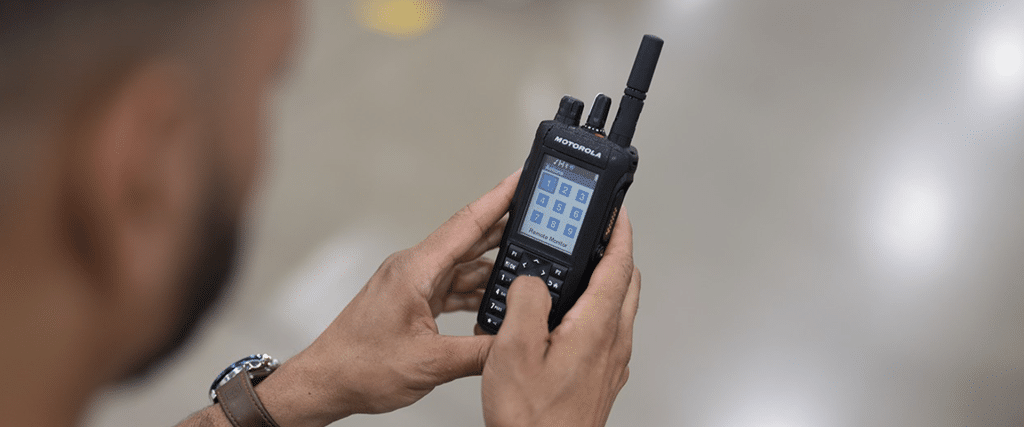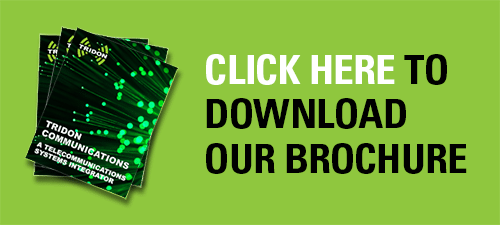
Two-way radios have long been a reliable communication tool for various industries, from emergency services to construction. Over the years, there has been a significant shift in the technology behind these radios, particularly with the introduction of digital radio systems.
Understanding the key differences between digital versus analog radio is crucial for users who rely on clear, reliable communication. This article delves into digital vs. analog radio: a comparison. We’ll look at the pros and cons of both digital and analog two-way radios, comparing their features, capabilities, and performance across different use cases.
Understanding Digital and Analog Two-Way Radios
Before diving into the differences between digital and analog radios, it’s essential to understand how digital and analog two-way radios work. Analog radios have been the standard for decades, operating by transmitting voice via analog signals. These signals are continuous, with the voice being modulated mostly onto a UHF or VHF radio carrier wave through frequency modulation (FM). As a result, voice quality is directly tied to the strength of the signal, which can degrade with distance or obstacles between the radios.
Digital two-way radios work by converting voice into a digital signal, which is then transmitted as a series of binary codes (1s and 0s) over the airwaves. Instead of continuously modulating the voice onto a carrier wave, as in analog radios, digital radios process the voice into packets using digital technology. These packets are transmitted, decoded, and reassembled by the receiving radio. This method ensures clearer audio quality, reduces interference, and allows for additional features like encryption, GPS tracking, and text messaging, all while enhancing the overall efficiency of communication.
Key Differences: Digital vs. Analog Radios
Audio Quality
Coverage and Range
Battery Life
Digital radios also tend to offer better battery life compared to an analog radio system. This is because digital systems only transmit when they detect a voice signal, using less power overall. In an analog system, radios constantly transmit the carrier wave, even when there’s no audio, which consumes more battery. For professionals who need long-lasting, reliable communication throughout a full workday, digital radios provide a distinct advantage.
Capacity and Channels
Advanced Features
Pros and Cons of Analog Radios
Pros:
- Simplicity: Analog radios are straightforward and easy to use, with no complicated digital programming required.
- Compatibility: Analog radios can work with older radio systems and equipment, offering greater backward compatibility.
- Cost-Effective: Analog radios are typically less expensive than digital radios, making them ideal for organizations on a tight budget.
Cons:
- Audio Degradation: Voice quality decreases with distance or in the presence of obstacles, leading to static and noise.
- Limited Capacity: Analog systems allow only one conversation per frequency, limiting the number of users who can communicate at once.
- No Advanced Features: Analog radios lack innovative features such as encryption and data transmission found in digital radios.
Pros and Cons of Digital Radios
Pros:
- Superior Audio Quality: Digital radios provide a clearer digital voice, with less interference and background noise, even at the edge of their range.
- Enhanced Capacity: Digital systems support multiple conversations on a single channel, increasing efficiency.
- Innovative Features: Digital technology allows for encryption, GPS tracking, text messaging, and other advanced features.
- Battery Efficiency: Digital radios consume less power, resulting in longer battery life.
Cons:
- Higher Cost: Digital radios are typically more expensive than analog radios, which can be a barrier for some organizations.
- Compatibility Issues: Digital radios may not be compatible with older analog systems without the use of repeaters or other bridging equipment.
When to Choose Analog vs. Digital Radios
Deciding between analog and digital radios ultimately depends on your specific needs and budget. If you require simple, cost-effective communication for a small team in a local area, analog radios might be the best option. They are reliable and proven, making them suitable for basic radio communications in industries like construction or small event management.
However, if your organization requires advanced features such as secure communications, expanded coverage, and the ability to handle multiple channels simultaneously, digital radios are the clear winner. Digital radio technology is particularly beneficial for industries like public safety, transportation, and utilities, where reliable communication is critical. Additionally, if your operations involve sensitive communications, the encryption and enhanced security provided by digital radios are essential.
The Future of Two-Way Radio Systems
As digital radio technology continues to evolve, the gap between digital vs. analog radios will likely widen. DMR radios, for example, offer even more advanced features and enhanced RF coverage than earlier digital systems. Organizations looking for scalable, future-proof communication solutions are increasingly adopting digital systems for their flexibility and capacity to handle both voice and data transmission.
In the end, digital communications offer more reliable real-time communication with clearer audio and less interference, while analog systems can suffer from signal degradation, affecting the immediacy and quality of the conversation. Analog mode radios are still a viable choice for straightforward communications, but digital radios offer a host of innovative features and superior performance that make them ideal for modern, critical communications.
The choice between analog versus digital depends on the specific needs of your organization, your budget, the importance of clear communication, and whether or not you require advanced digital capabilities.
Trust Tridon for the Solution That’s Right for YOU!
If you’re looking to choose between digital and analog two-way radios, it’s essential to consider factors like coverage, audio quality, and the specific demands of your industry. At Tridon Communications, we understand that every organization has unique communication needs, and we’re here to guide you through the decision-making process. Our experts are well-versed in both digital and analog radio systems and can provide you with the insights necessary to select the best solution for your operation, whether you prioritize advanced features, secure communications, or cost-effectiveness.
By working closely with the Tridon team, you’ll receive personalized advice tailored to your exact requirements, ensuring your organization benefits from reliable, clear, and efficient radio communication systems. From assessing your current setup to recommending the right equipment and infrastructure, our goal is to help you implement the most effective technology for your daily operations. Reach out to Tridon Communications today, and let us help you make the right choice for your business’s long-term success.



